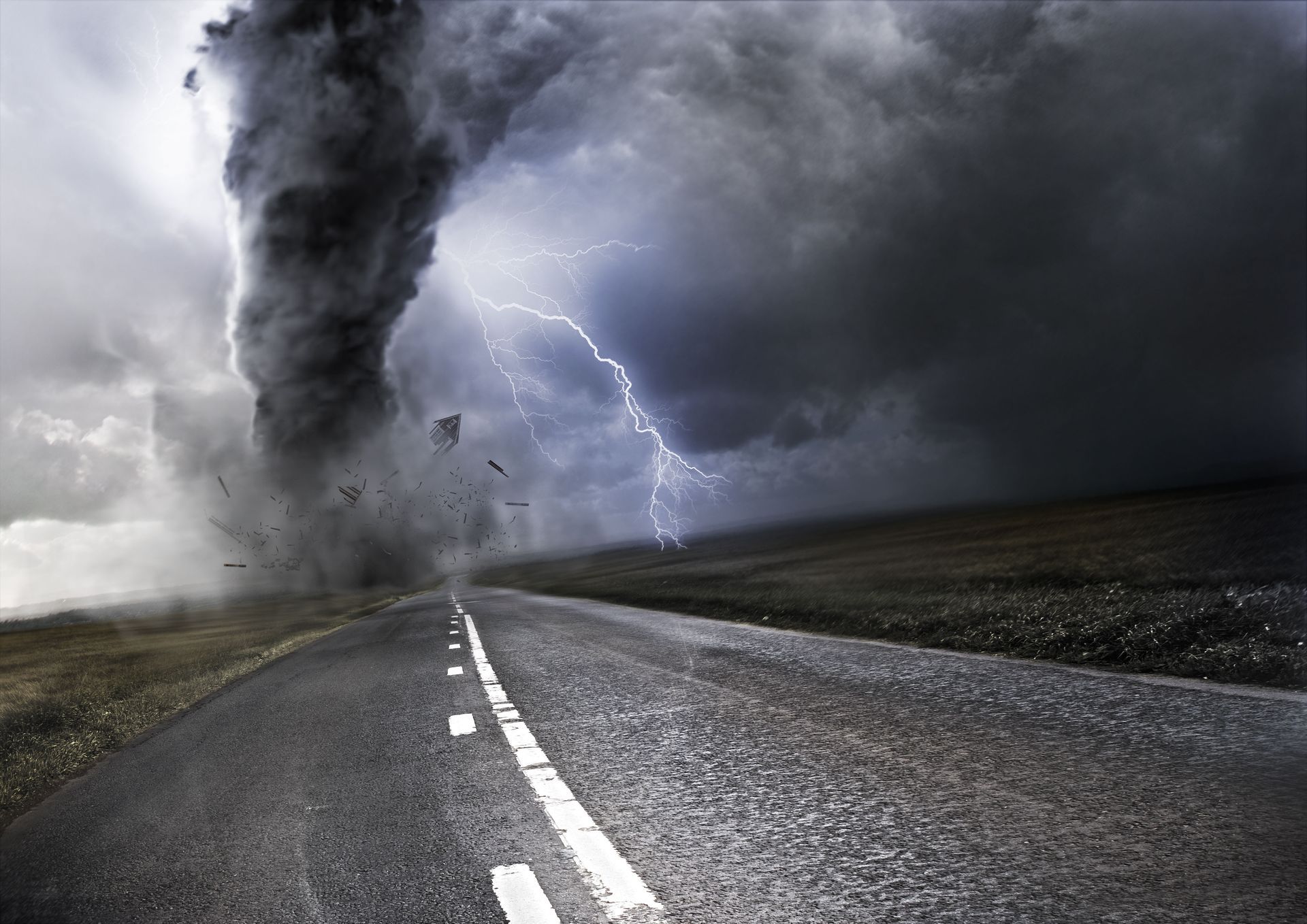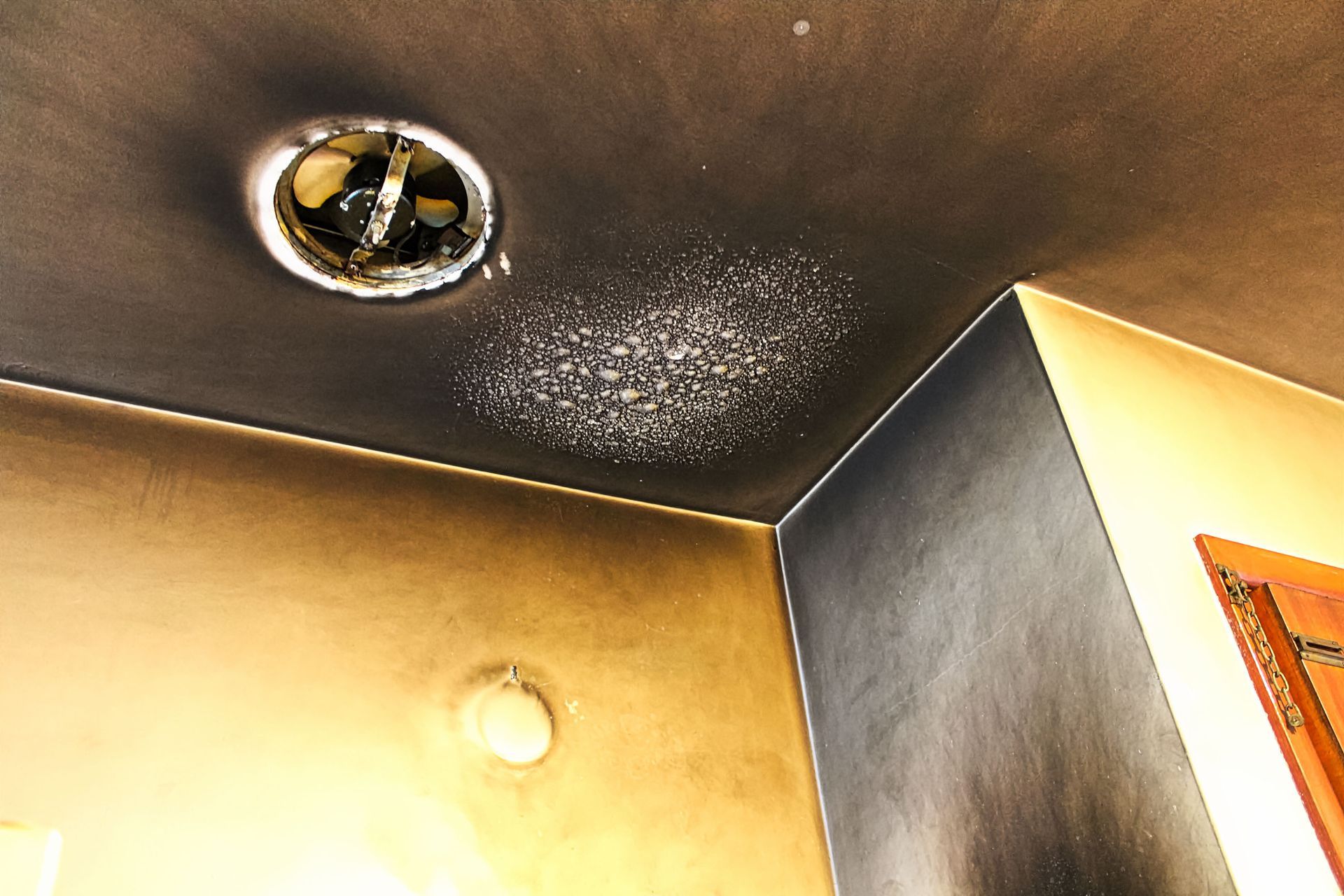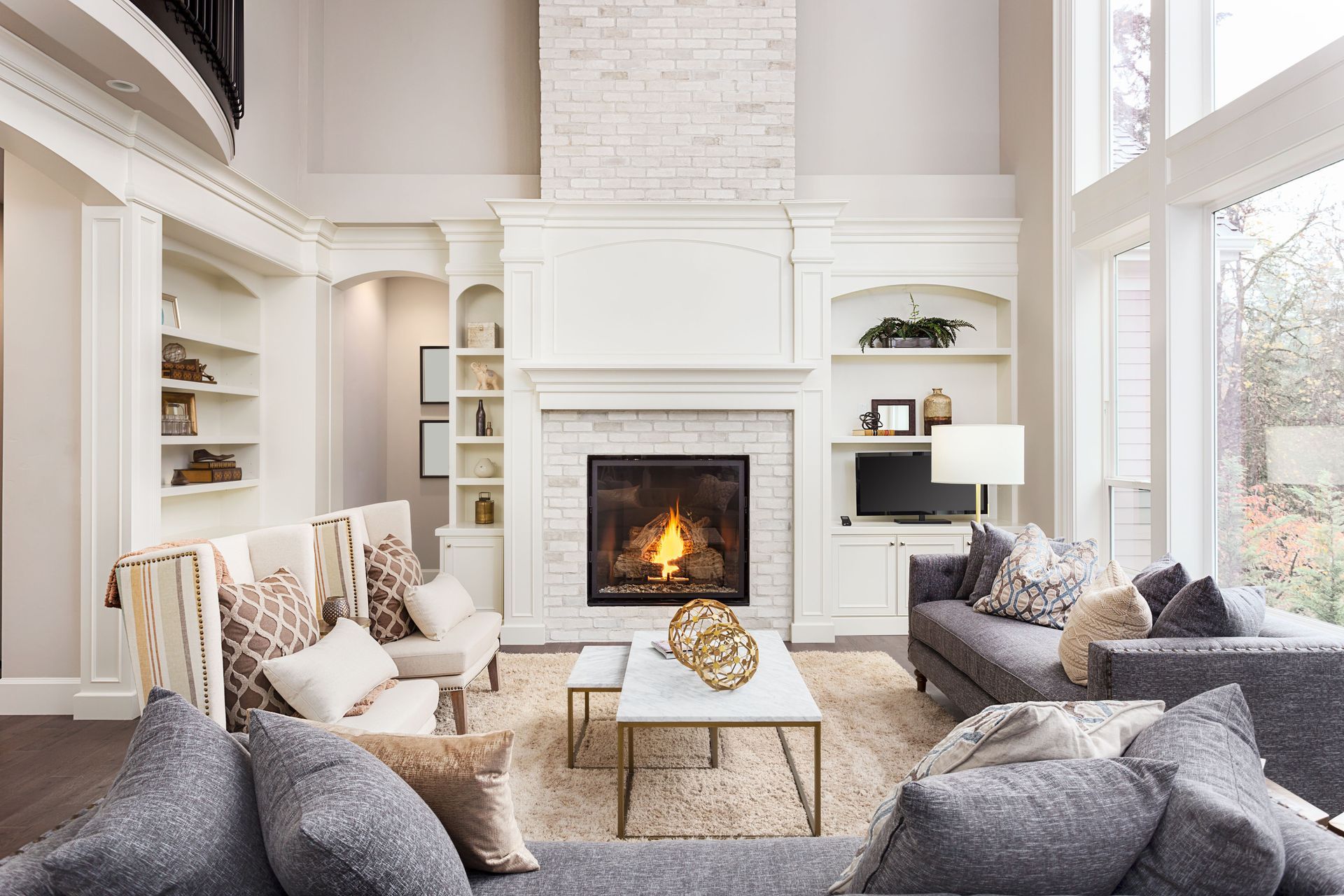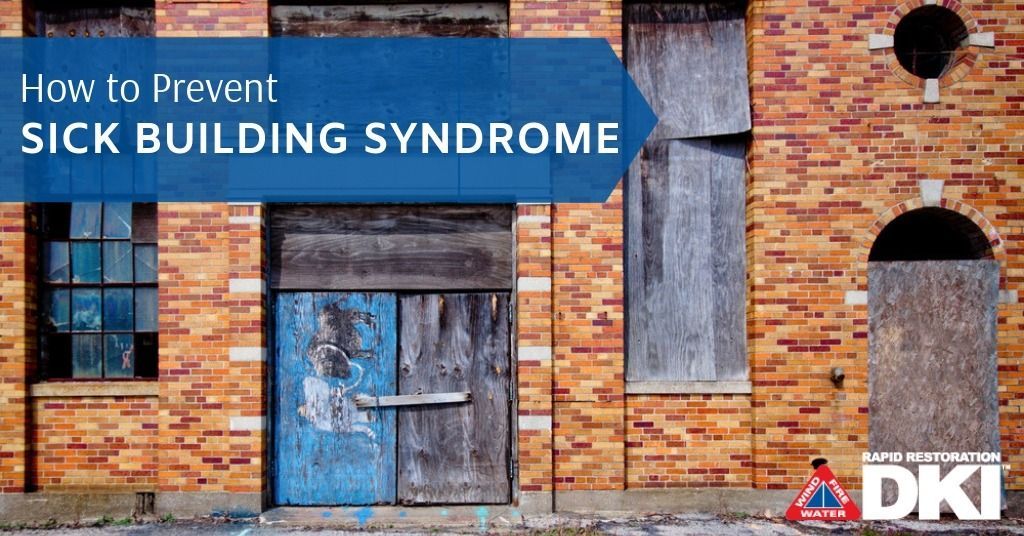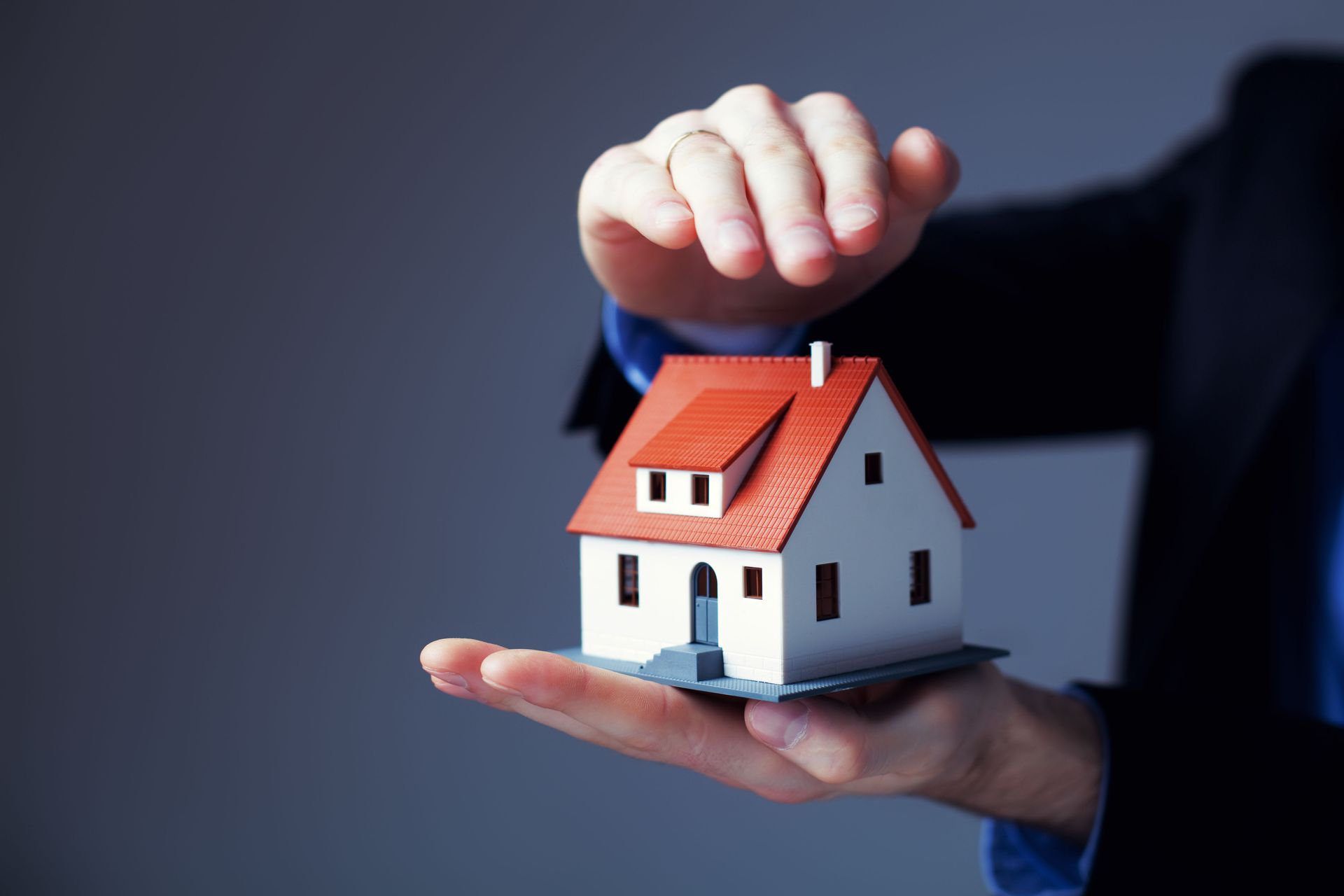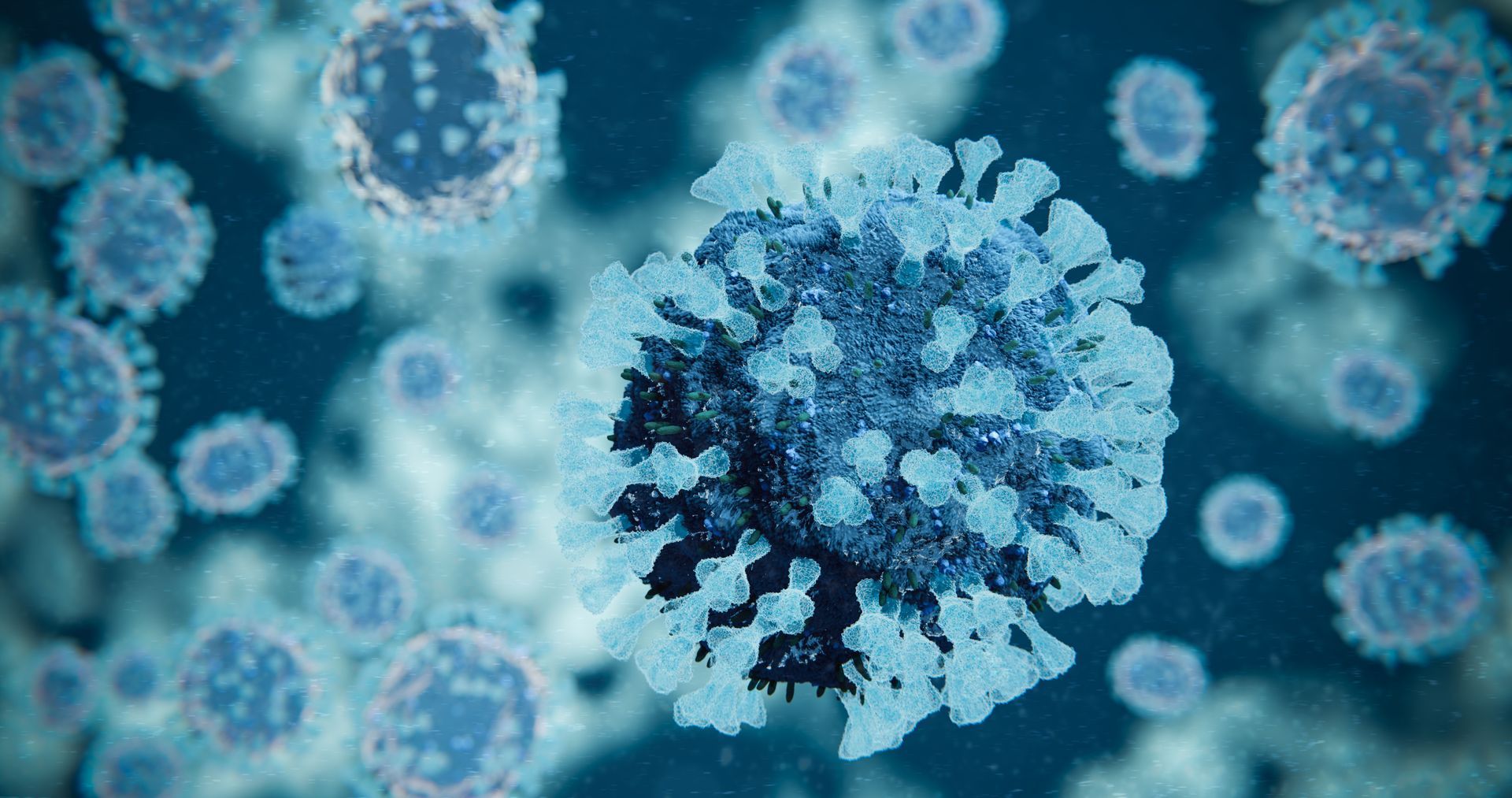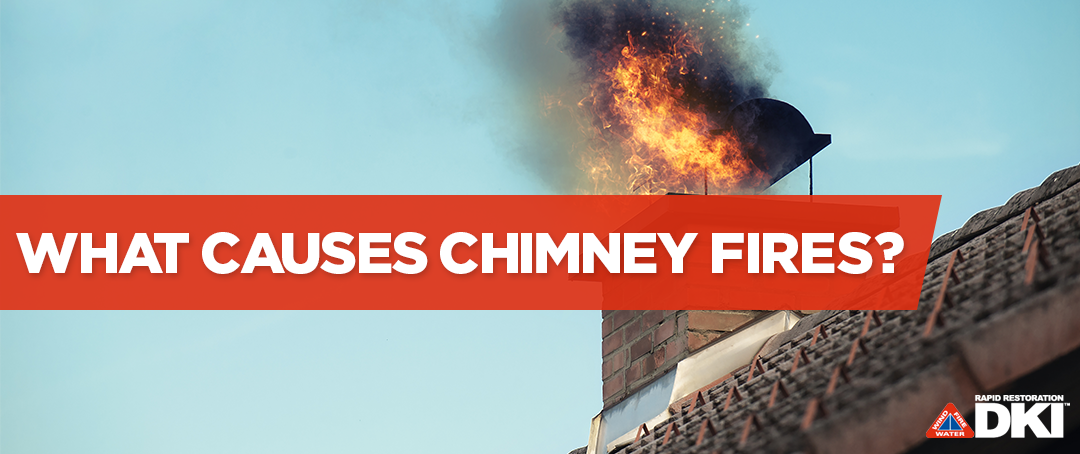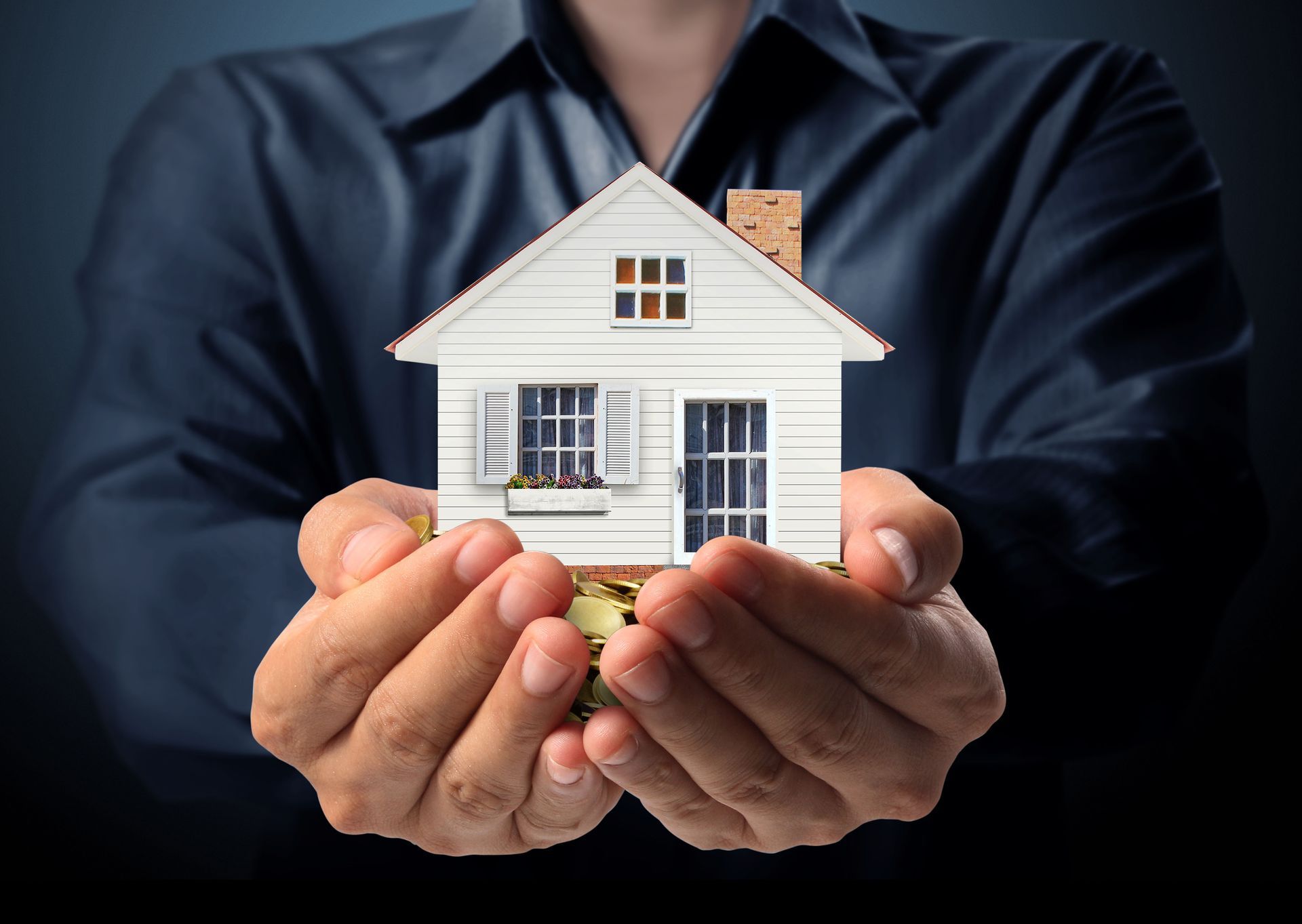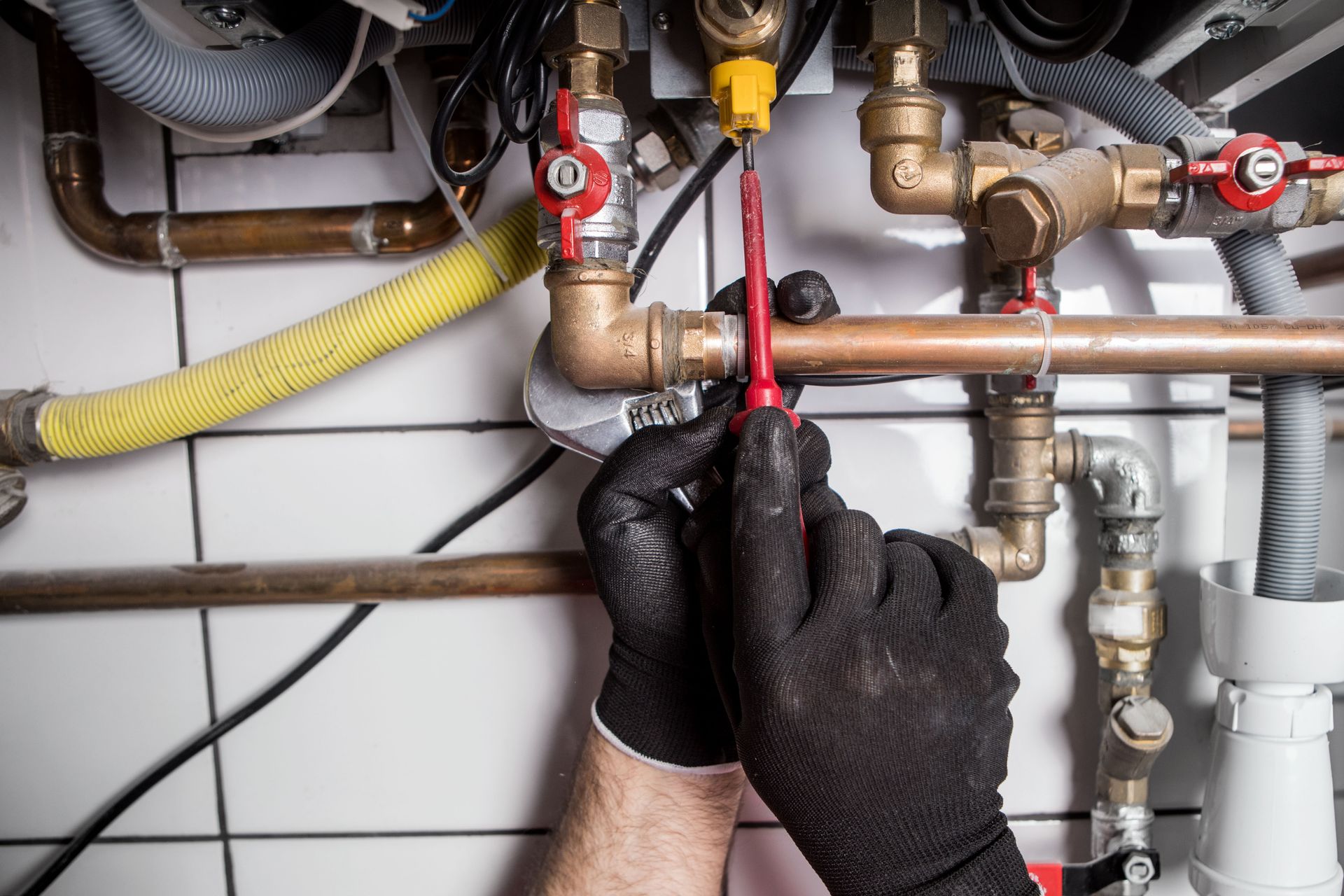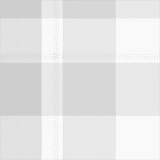August 7, 2025
If you’re one of the 5.6 million people who live in Minnesota, you already know what a great place it is to call home. With an abundance of natural beauty and an affordable rate of living, it’s no surprise that you’ve decided to settle down in the North Star State. If you’re ready to take the next step and purchase your own property, it’s important to know the ins and outs of your local home insurance suppliers . Having the right policy will help you recover faster following a natural disaster or other types of unexpected loss related to your property, and in most cases, homeowners’ insurance is required by mortgage lenders as a condition of the loan. Read on for a breakdown of some of the top home insurance companies in Minnesota. Home Insurance in Minnesota: Consider the Weather On average, Minnesota residents pay about $1700 per year for their home insurance policies. This number is a bit higher than the national average, possibly due to Minnesota’s trademark winter conditions. No matter what area of the state you live in, it’s a good idea to consider the typical weather before choosing a policy. Many Minnesota homeowners like to choose options that provide extra coverage for snow, sleet, and other cold-weather hazards . While summers in Minnesota are generally mild, the warmer months have been known to bring summer storms and flooding that can also damage your home. PURE As a member of PURE, you don’t pay whatever the market will bear. Instead, your premiums are simply based on your risk factors. They are constantly working to keep members safe, smart, and resilient. In some cases, they even invest alongside members after claims to install technology that will prevent the loss from reoccurring. At Rapid Restoration, we are a preferred contractor for PURE, as we love working with them to help restore any damage done to your home. State Farm State Farm is one of the industry leaders when it comes to home insurance—the company boasts a market majority share. While their most popular plans tend to be in the realm of auto insurance, State Farm also offers home insurance packages that can be customized to suit your needs. Coverage can include personal property, injury liability, your dwelling, and even other structures on your property like a barn or shed. Discounts While State Farm is one of the more expensive options on this list, that cost can be offset by one of the multiple discounts the company extends to its clients. Common discounts include: Multiple lines: If you get both your home and auto insurance from State Farm, you may qualify for a bundle discount. Safety bonus: The installation of common safety measures like smoke, theft, and fire alarms can also get you a percentage of your payment. Think of it as a safe driver discount for your home. Auto-Owners Don’t let the name fool you: Auto-Owners offers home insurance in more than 20 states. For customers who are on a budget, Auto-Owners provides solid policies at a relatively low cost. The price point doesn’t indicate a dip in quality, however: Credit rating agency AM Best gave Auto-Owners a score of A++ for financial strength. You can choose to cover what’s in your home as well as the structure itself, with options available for collectibles, jewelry, and other valuables. Discounts To get even more bang for your buck, Auto-Owners offers several discounts on their home insurance plans. Like State Farm, you may be able to shave a few dollars off the total if you’ve already outfitted your home with anti-theft and fire alarms. They also offer a ‘green’ discount, allowing you to save money while doing your part to protect the environment. North Star Mutual North Star Mutual is based in Minnesota, so its coverage options tend to be better suited for residents. Their agents may also be more familiar with the ins and outs of homeownership in Minnesota since they live and work in the state. While North Star Mutual isn’t a particularly large organization, that doesn’t negate the quality of their coverage. The company allows you to customize your package , with coverage options available for risks like identity theft, recreational vehicle liability, and more. You can even ensure valuables like furs, fine art pieces, and jewelry. Allstate Allstate is another popular insurance company, and for good reason. While their premiums tend to be a bit higher than the Minnesota average, their high score from J.D. Power along with comprehensive home insurance policies may be well worth it. Standard plans can include dwelling coverage, personal property coverage, liability protection, and even guest medical expenses. You also have the option to insure valuables like engagement rings. Discounts While their costs may run you a bit more, Allstate also offers some competitive discounts. Bundling your home and auto insurance may be able to save you as much as twenty-five percent of your total. You may also be able to save ten percent just by switching your pre-existing policy. Allstate may also lower your rates when you install home protection devices or if you recently bought a home. Chubb Chubb is the world’s largest publicly traded P&C insurance company and the leading commercial lines insurer in the United States. They are a diverse group of agents, working to do what is best for you and your family. They offer a 24-hour turnaround in response to claims, once approved, they can issue payment within 48 hours. Chubb will also arrange for a suitable hotel or find a similar type of home if you need a place to stay during repairs. Discounts Chubb’s Masterpiece homeowners policy offers features not found in most policies from other insurers, along with benefits targeting owners of expensive homes. In some cases, Chubb will cover home values others won’t. Discounts for home insurance include burglar alarm, renovated home, suburban rating, and more. Cincinnati Cincinnati insurance is in the business of helping people when disaster strikes. They’re a local insurance company, located in Fairfield, Ohio. Because of this, they have created strong relationships with their communities and are dedicated to helping residents of Ohio recover financially after a disaster hits their homes. Cincinnati’s products are offered exclusively through a select group of premier independent agencies. As a member of your community, independent agents take the time to understand what matters most to you and to apply their expertise to identify risks and customize insurance policies to meet your needs. West Bend For more than 125 years, West Bend has been providing valuable insurance coverages and services to home and auto owners, as well as business owners. West Bend is a relationship-based company with core values that emphasize excellence, integrity, and responsibility. With West Bend insurance, you’re protecting your home with a guaranteed replacement cost and blanket coverage. Discounts Home and Highway simply offers more protection for your home. Many coverages are automatically included; others you can purchase for a modest additional premium, including: Protector Plus : Protector Plus bundles four coverages at a preferred price which is more economical than purchasing them separately. Protector Grand : Protector Grand provides still more protection for your home for a nominal additional premium. Western Mutal Western Mutal is another popular insurance because they understand that your home is a big investment. Their homeowners’ insurance policies can give you the peace of mind you want, and the reliable coverage you need. When something unexpected happens, such as water damage, fires, or theft, you can expect them to protect you and your home. Discounts Western Mutal does offer additional discounts for those who have a local monitored home security system on their homes and if install a qualified wi-fi water device for an annual premium discount of 10% – 15% where applicable. If your home has been damaged in a natural disaster or accident, you can rely on Rapid Restoration to revitalize your property and renew your peace of mind. Our team is available 24/7, so we can be there when you need us most. For more information on our home restoration services and insurance coverage for repairs, please call 612-239-7411 or visit our contact page . For emergency service, you can call us at 612-239-7411 after all immediate concerns (ie. fires) have been professionally taken care of by first responders.
